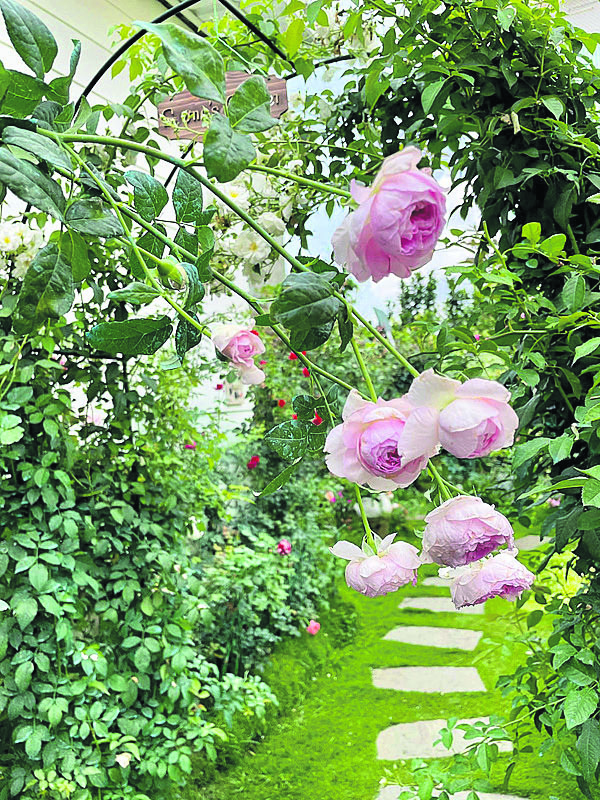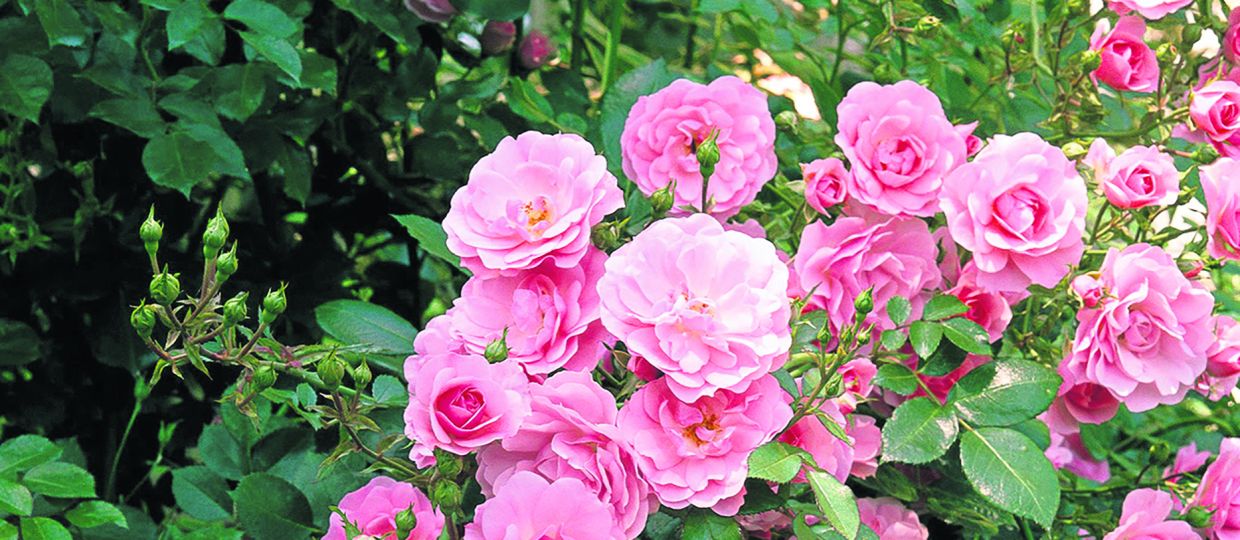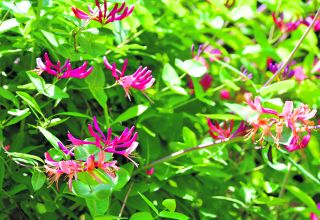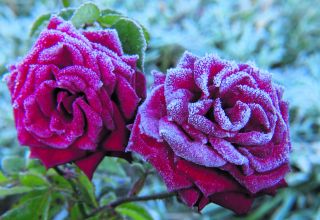Dorset retired teacher Joss Orton is now passionate about roses and here shares some of the things he has learnt on how to produce more flowers on his over 200 roses.
When I retired four years ago gardening moved from being a worry to a pleasure. Before then I struggled to keep up with our acre and a half very rural Dorset garden and right from the first days of spring to late autumn I always had the feeling that I was just tinkering and the garden was racing ahead of my ability to control it.
It is still that way sometimes but now I can really focus on some things – one of which is our roses, which if I say it myself give me endless joy.
I have spent at least two winters reading everything I can about varieties, different kinds of roses and tricks of the trade as they say. At the latest count we have over 200 plants of all sorts and shapes and I can wander down the garden and mostly can identify them by name.
My wife goes one better and can tell you where we bought them and how much they cost!
So, out of nowhere it seems I am someone who knows what they are talking about when it comes to these wonderful plants.
I look forward to your magazine and enjoy it immensely and when I see how readers regularly contribute, I thought I would join the queue. And share what I have learned. I do not pretend to be an expert but after a career in teaching I understand the importance of researching my subject.
So, this is just an amateur gardener sharing some practical ideas which have worked for me.
It sounds obvious but let me say it anyway.
Roses need to be healthy and vigorous if they are to give the best blooms and enjoy the longest flowering season. The number of flowers you enjoy will, as I have found, really depend on the variety you grow.
Many roses need sun to ripen their stems fully if they are to produce good flowers but if you have shade then go for the alpha group of roses which will bloom whether they get the sun for only part of the day.
Roses will, more than any other plant I have worked with respond if the soil is improved.
They particularly benefit from being mulched in early spring with well-rotted manure or garden compost which will hold on to its moisture and provide nutrients for the plants. Bush roses are expected to produce masses of growth and blooms often twice in the same year and without additional feeding the plants can quickly become weak with fewer blooms.
Fertilisers high in potash applied in spring will create flowers buds for successive flowering in the autumn.

Deadheading works
This is the easy bit but I think we could all do more. Deadheading certainly translates into additional blooms.
Rose blooms aren’t just there to give pleasure, they are also there to produce seed and new plants. As flowers fade the swelling ovary that carries the seed produces chemicals to suppress the formation of further flower buds. This channels the plant’s energies into the development of embryos inside the seeds. So, we gardeners can manipulate the process by removing the flowers before such chemicals are produced, allowing more flowers to form instead. It sounds a bit technical but is clear that this is why we must deadhead.
I am a passionate dead-header and fill buckets with fading petals!
This works for climbing and shrub roses where the aim is to get as many flowers as possible over a long season. Timing is crucial so remove the old blooms as soon as the petals start to discolour.
There is a technique involved here. Cut the spent bloom down the stem to a set of five leaves and cut the flower stem back to just above it. Ideally, you want this set of five leaves to be facing outward so you encourage outward growth, allowing for good airflow for the plant. The more frequently you deadhead, the less time you’ll spend on each bush.
Don’t waste time deadheading non rerepeating roses as it won’t encourage more flowers.
Black spot and powdery mildew diseases do more than disfigure rose bush foliage and cause leaf drop. These diseases weaken the entire plant, exhausting the energy needed to produce bountiful blooms. As the season progresses and temperature and humidity increase, most roses will experience some signs of disease.
Treat these fungal diseases by spraying infected bushes with the appropriate product at the first sign of symptoms. Some gardeners choose to use preventative treatments at the beginning of the growing season to protect new growth.
An effective preventive measure is to keep rose foliage as dry as possible by watering only at the base of the plant. Fungi like a moist environment.
So that’s it. I hope some rose lover somewhere out there gets a few more flowers from reading this.
In summary
- Deadhead and do it promptly and probably more than you think
- Control diseases the minute you see anything
- Feed hungry roses – they are heavy feeders
- Buy the right flowering variety with care
“Roses will, more than any other plant I have worked with respond if the soil is improved.”











